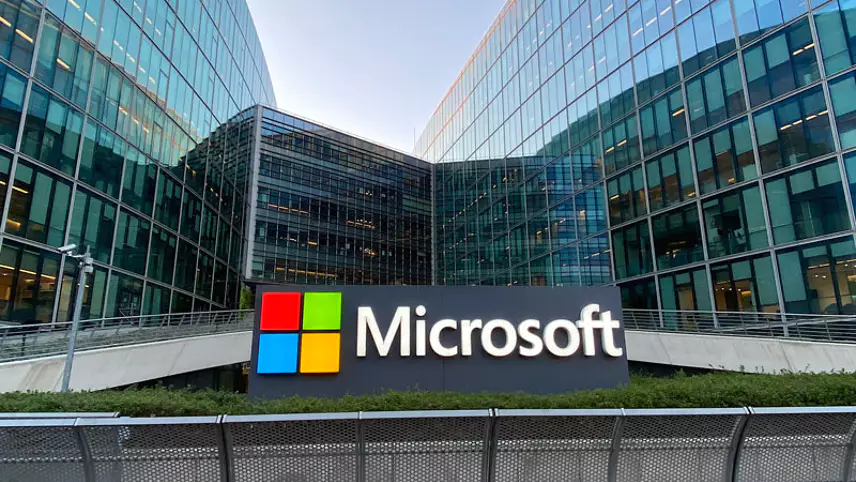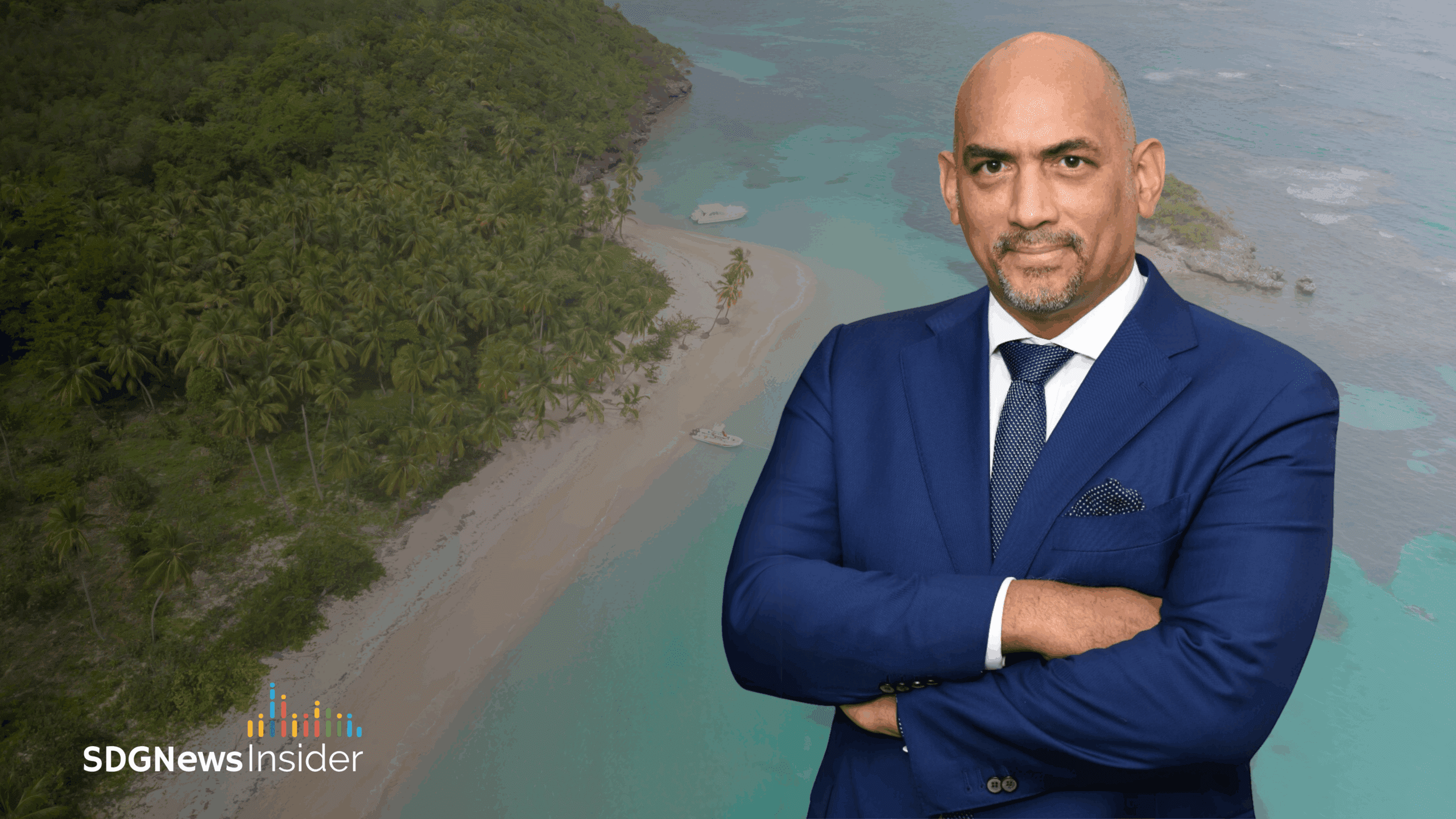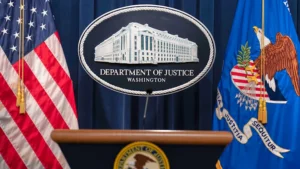Key Takeaways:
- The Trump administration’s “flood the zone” strategy aims to create chaos, not just cut policies and budgets.
- Key objectives include expanding presidential power, reversing environmental regulations, and weakening federal agencies.
- Sustainability leaders must counteract these moves with strategic advocacy, coalition-building, and election-focused messaging.
Understanding the “Flood the Zone” Strategy
The Trump administration’s approach to governance is centered on overwhelming federal agencies with disruptions, making it difficult to execute policies and provide essential services. Rather than simply replacing existing policies, the goal is to create instability within government institutions. However, legal and political challenges, combined with administrative inefficiencies, may provide avenues to resist these efforts.
Key Policy Objectives
Beyond chaos, the administration has outlined specific policy goals:
- Expanding Presidential Authority: Moves to weaken Congressional oversight include attempts to block funding for energy and environmental programs.
- Rolling Back Regulations: Efforts include repealing National Ambient Air Quality Standards and reversing limits on natural gas export terminals.
- Dismantling Key Agencies: Plans involve eliminating climate research at NOAA, gutting EPA staff and programs, and challenging the Supreme Court’s 2007 “endangerment finding” on greenhouse gases.
Change the World - Subscribe Now
Contradictions in Policy
Despite backing from major fossil fuel interests, the administration is pursuing contradictory policies—such as reducing funding for carbon sequestration while imposing tariffs that raise consumer prices. These inconsistencies create opportunities for sustainability advocates to challenge the administration’s economic and environmental strategies.
Strategies for Sustainability Leaders
To counteract these policies, sustainability professionals should focus on:
- Defining What’s at Risk: Highlight the economic and health benefits that rollbacks threaten, using scientific evidence and legal action.
- Building New Advocacy Coalitions: Partnering with Fortune 500 companies and NGOs to push back against ideological attacks on sustainability and environmental protection.
- Prioritizing Key Issues: Focusing on decarbonization, clean water access, community health, economic security, and biodiversity conservation over expanding reporting requirements.
- Mobilizing for the 2026 Elections: Using the midterms to shape public discourse on the administration’s policies and advocate for a balanced approach to governance.
Looking Ahead
With the 2026 midterm elections on the horizon, sustainability leaders must prepare to challenge policies that threaten environmental and economic stability. By clearly articulating the risks and presenting viable alternatives, they can help steer the country toward sustainable progress despite political turbulence.
Related Article: Global Net Zero Policy Progress Encouraging but Policy Gaps Remain, Taskforce Report Shows













